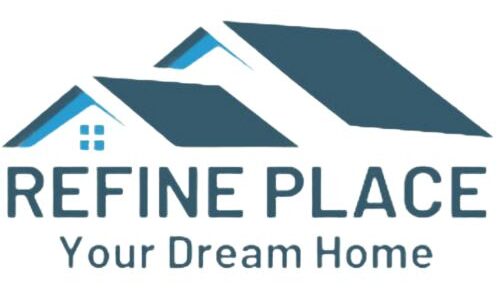As an interior designer specializing in modern American homes, I’ve witnessed a significant shift in what homeowners prioritize during renovations. Today’s renovations aren’t just about aesthetics—they’re about creating functional, sustainable spaces that enhance daily living. Whether you’re planning a full remodel or strategic updates, these 15 must-have features will bring your home into the modern era while maximizing your investment.

1. Seamless Smart Home Integration
Gone are the days when “smart” meant just voice-controlled lights. Today’s modern homes feature fully integrated systems that coordinate everything from climate control to security. According to recent industry analysis, homeowners now expect technology that works intuitively rather than requiring constant manual adjustment. Smart thermostats, automated blinds, and integrated audio systems create a connected living experience that adapts to your lifestyle rather than dictating it.
A well-executed smart home system operates discreetly in the background, enhancing comfort without demanding constant attention. The key is selecting a unified platform rather than piecing together individual gadgets that create compatibility headaches. As constructelements.com notes, “advanced smart home technologies” are now essential for creating environments focused on “personal enjoyment and convenience.”

Pro Tip: Always consult an experienced smart home integrator during your planning phase—retrofitting complex systems after construction can cost 3-5 times more than installing during renovation.
2. Open Concept Living Spaces
The open floor plan remains the cornerstone of modern home design, but contemporary interpretations have evolved beyond simply removing walls. Today’s best designs create distinct zones within open spaces using strategic lighting, ceiling treatments, and partial dividers that maintain flow while defining purpose. This refined approach addresses common complaints about traditional open concepts lacking intimacy or becoming echo chambers.
Well-executed open concepts consider traffic patterns, sightlines, and acoustic management to create spaces that feel both expansive and cozy. The shift represents what bydesignandviz.com describes as designs ensuring “your home reflects your personality and lifestyle” rather than adhering to rigid formulas.
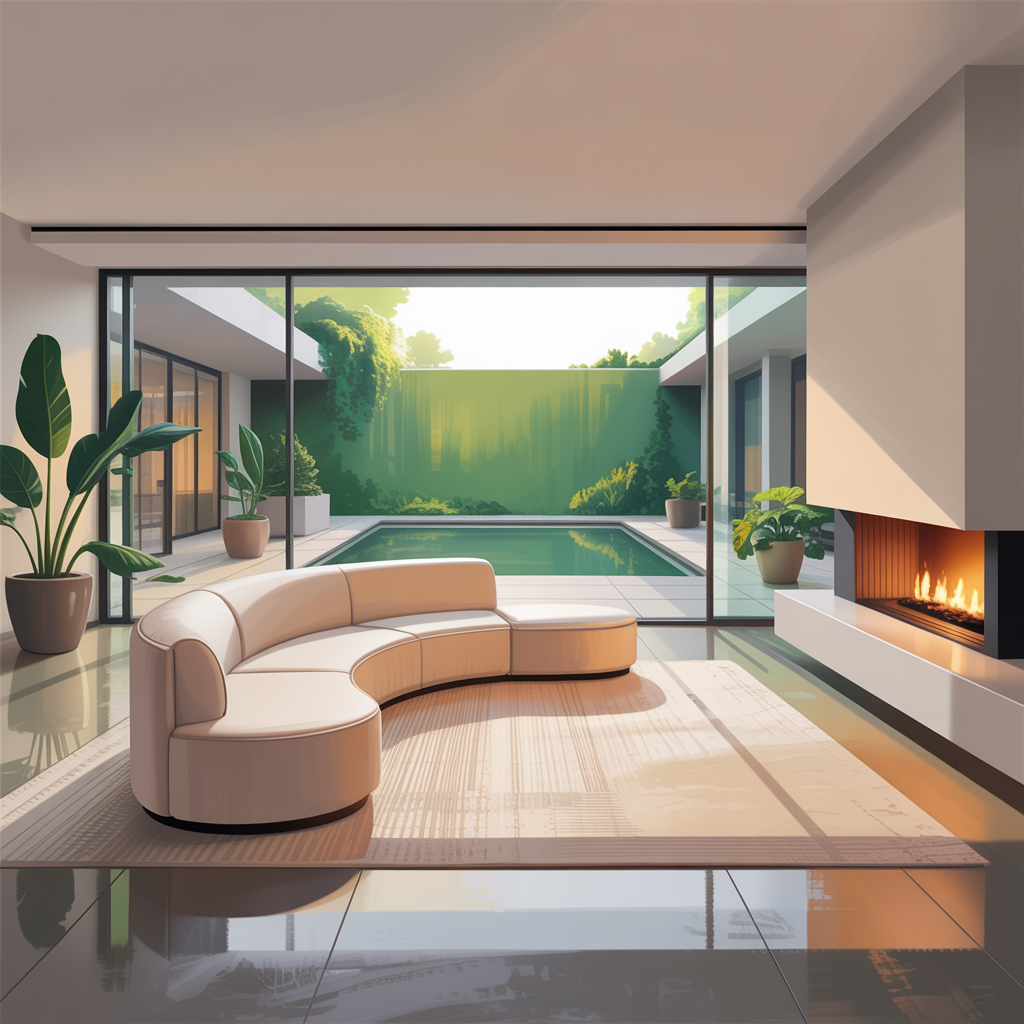
graph LR
A[Entryway] --> B[Living Area]
A --> C[Dining Area]
A --> D[Kitchen]
B --> E[Outdoor Connection]
C --> E
D --> E3. Sustainable Material Selection
Modern renovations prioritize sustainability without sacrificing aesthetics. Homeowners now actively seek materials with low environmental impact, including reclaimed wood, recycled metal, and rapidly renewable resources like bamboo. The most sophisticated projects feature materials with transparent supply chains and third-party certifications verifying their eco-credentials.
Beyond raw materials, sustainable renovation considers the entire lifecycle—from manufacturing and transportation to installation and eventual disposal. High-performance insulation and low-VOC finishes aren’t just environmentally responsible; they contribute directly to indoor air quality and long-term energy savings. This holistic approach transforms sustainability from a buzzword into built-in value.
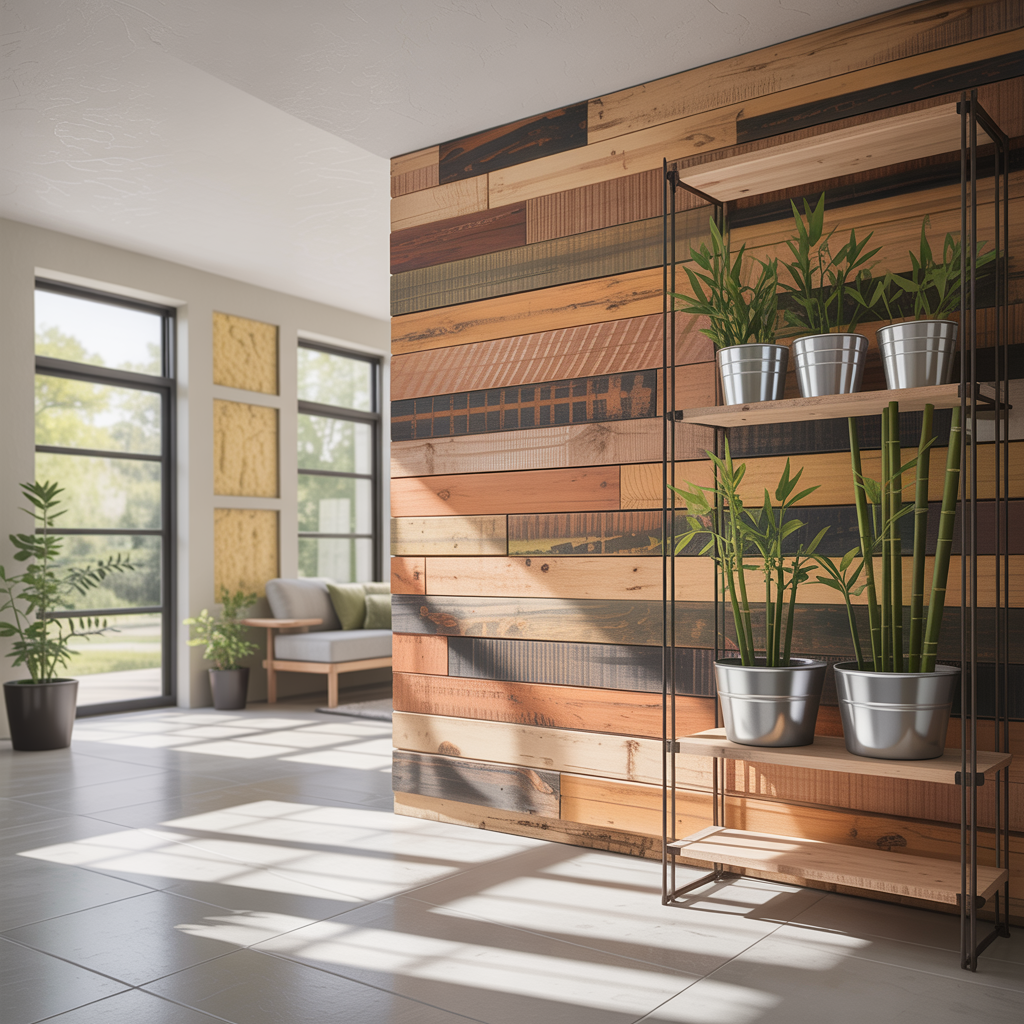
Pro Tip: Look for products with EPDs (Environmental Product Declarations)—these detailed reports provide verified data about a material’s environmental impact throughout its life cycle.
4. Wellness-Focused Design Elements
The modern home renovation recognizes that physical spaces directly impact mental and physical wellbeing. This manifests through circadian lighting systems that adjust color temperature throughout the day, air purification systems integrated into HVAC, and biophilic design elements that connect occupants with nature. Acoustic design has also gained prominence as homeowners seek refuge from urban noise pollution.
Spa-like bathrooms have evolved beyond luxury amenities to become dedicated wellness retreats featuring chromatherapy lighting, hydrotherapy systems, and meditation spaces. The most thoughtful renovations consider how each space affects the occupant’s sensory experience—touch, sight, sound, and even smell.

“The future of home design lies in spaces that actively contribute to occupant wellbeing rather than merely avoiding negative impacts.” — 2025 Interior Design Wellness Report
5. Curved Furniture and Architectural Elements
Say goodbye to sharp corners as we welcome the era of curves in modern design. According to decorilla.com, “curves are not only cool, but they’re also friendly!” This trend extends beyond furniture to include arched doorways, curved kitchen islands, and even softly rounded walls that create visual interest while enhancing spatial flow.
Curved elements add movement and softness to interiors, counterbalancing the straight lines dominant in modern architecture. The psychological impact is significant—studies show curved spaces feel more inviting and less institutional than their angular counterparts. Whether through a sculptural sofa, round dining table, or elliptical mirror, this simple design choice makes spaces feel more human.
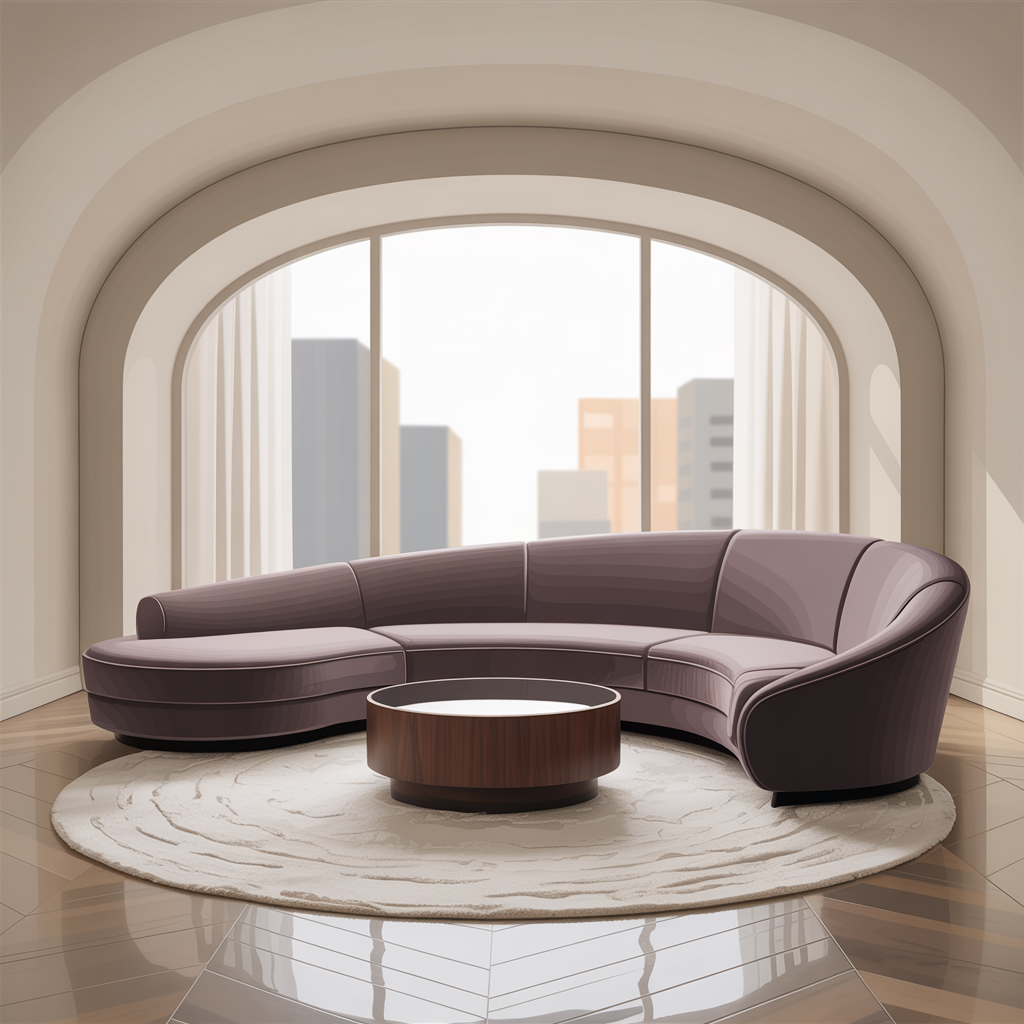
| Feature | Traditional Design | Modern Curved Alternative |
|---|---|---|
| Coffee Table | Rectangular glass | Organic-shaped wood |
| Kitchen Island | Straight edges | Rounded corners |
| Doorways | Square | Arched |
| Seating Arrangement | Linear | Circular |
6. Multi-Functional Room Design
With changing work patterns and evolving family needs, single-purpose rooms are becoming obsolete. Modern renovations prioritize flexible spaces that can transform throughout the day—home offices that convert to guest rooms, dining areas that double as craft spaces, and living rooms designed for both entertainment and relaxation.
The key to successful multi-functional design is built-in adaptability: Murphy beds disguised as cabinetry, tables with adjustable heights, and modular seating that reconfigures for different activities. Storage becomes critical in these spaces, with concealed solutions maintaining clean aesthetics while supporting multiple uses.

Pro Tip: When planning flexible spaces, prioritize “switching time”—the time it takes to transform the space between functions. If changing configurations takes more than 5 minutes, the system won’t get used consistently.
7. Sophisticated Outdoor Living Areas
Modern renovations extend living space beyond interior walls, creating seamless connections between indoors and out. Today’s outdoor spaces go far beyond basic patios to include full outdoor kitchens, temperature-controlled lounges, and dedicated wellness areas with saunas and plunge pools. Retractable glass walls and motorized screens create adaptable spaces that function year-round.
Thoughtful lighting design has become essential for outdoor areas, with layered approaches combining ambient, task, and accent lighting to create inviting evening environments. The most successful outdoor renovations consider “zones” within the space—separate areas for dining, lounging, and dining that flow together naturally.
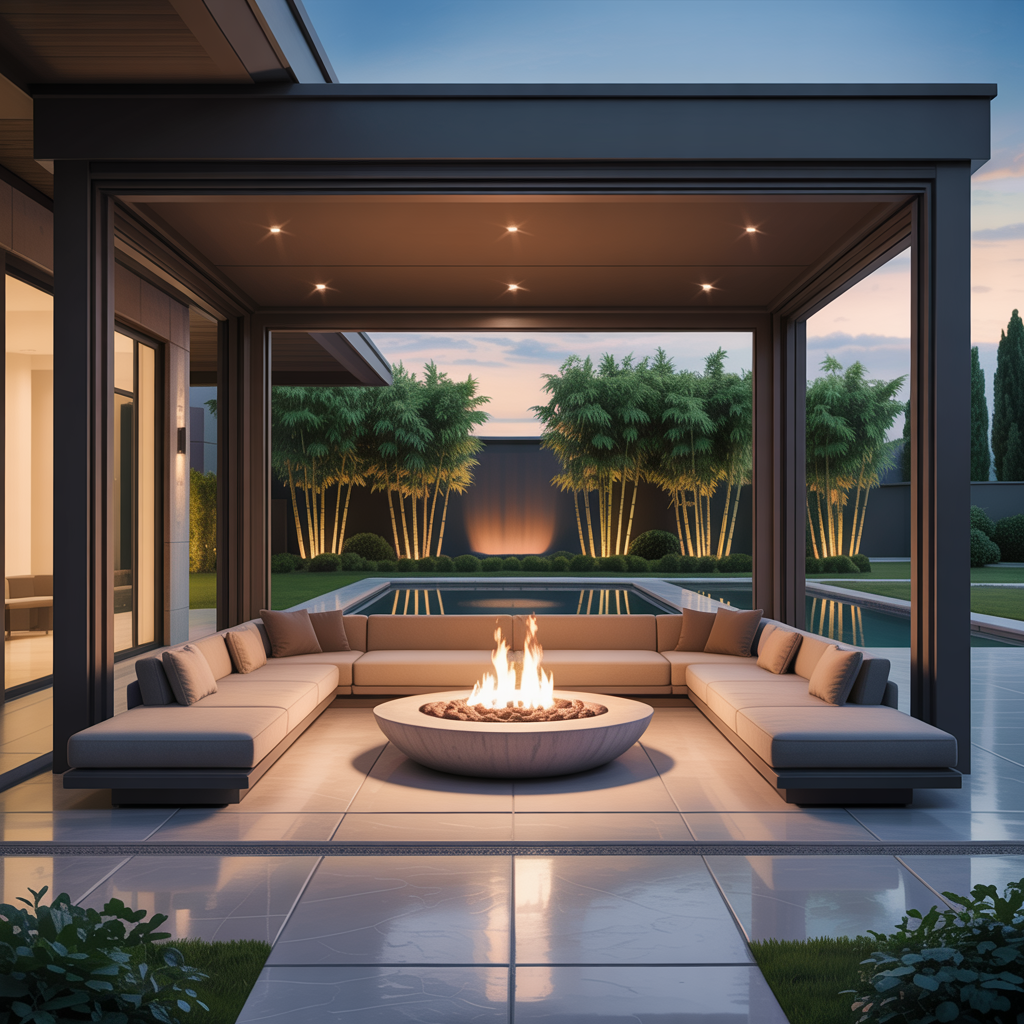
“With over 85% of American homeowners considering home renovations, updating homes has become a trend that balances nostalgia with modern convenience.” — constructelements.com
8. Gourmet Kitchen Upgrades
The kitchen remains the heart of the home, but modern renovations approach it as a multi-purpose hub rather than just a cooking space. Beyond high-end appliances, today’s best kitchens feature designated zones: food preparation, cooking, cleanup, storage, and socializing. Hidden pantries, appliance garages, and dedicated coffee/wine stations support this expanded functionality.
Intelligent storage solutions maximize efficiency, with pull-out shelves, drawer dividers, and specialized storage for everything from pots to cutting boards. Countertop materials have also evolved beyond traditional granite to include durable, sustainable options like sintered stone and recycled glass composites that withstand modern cooking demands.

Pro Tip: Prioritize workflow over aesthetics when designing your kitchen layout—the most beautiful kitchen becomes frustrating if it doesn’t support your natural cooking patterns.
9. Spa-Inspired Bathroom Retreats
Modern bathroom renovations have transformed these utilitarian spaces into personal retreats focused on relaxation and rejuvenation. Freestanding soaking tubs, large-format tile showers with multiple spray options, and heated floors create experiences rivaling high-end spas. Ambient lighting systems with adjustable color temperatures enhance the mood for different times of day.
Storage solutions have become more sophisticated, with recessed medicine cabinets, floating vanities with concealed storage, and integrated niches that maintain clean lines while providing essential functionality. The focus has shifted from surface-level luxury to creating holistic experiences that engage multiple senses.

| Spa Feature | Basic Implementation | Premium Experience |
|---|---|---|
| Shower | Single head | Multiple body jets + rain head |
| Tub | Standard alcove | Freestanding with chromatherapy |
| Lighting | Overhead fixture | Tunable white + accent |
| Floor | Basic tile | Heated + textured for safety |
10. Custom Walk-In Closets
Gone are the days of simple rod-and-shelf arrangements. Modern walk-in closets function as personal dressing rooms with tailored configurations that reflect individual storage needs and preferences. Lighting has become crucial—both ambient for the space and task lighting inside cabinets and along display shelves.
Luxury closet systems feature specialized storage for shoes, accessories, folded items, and even display areas for jewelry collections. The most sophisticated designs include seating areas, full-length mirrors with integrated lighting, and even space for trying on outfits. A well-designed closet isn’t just storage—it’s the foundation of daily routine efficiency.

Pro Tip: Measure your actual wardrobe before designing closet storage—most people overestimate hanging space needs and underestimate drawer requirements by nearly 30%.
11. Natural Light Optimization
Rather than relying solely on artificial lighting, modern renovations maximize natural light through strategic window placement, light wells, and reflective surfaces. Energy-efficient glazing allows larger windows without compromising thermal performance, while smart glass technology enables instant privacy and light control.
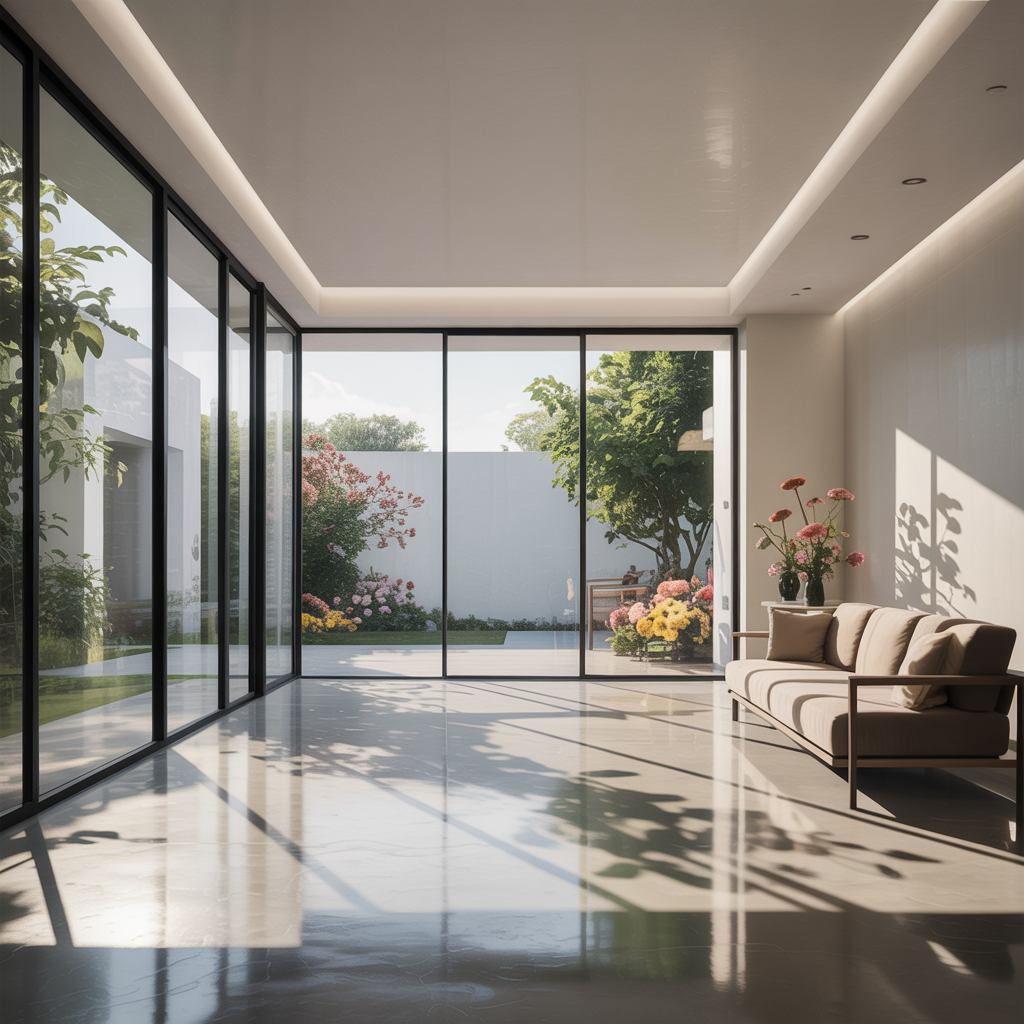
Skylights and solar tubes bring light deep into interior spaces, while interior glass walls and transom windows facilitate light flow between rooms. The psychological benefits of abundant natural light—from improved mood to better sleep patterns—make this investment valuable beyond mere aesthetics.
12. Advanced Storage Solutions
Clutter remains the enemy of modern design aesthetics, making innovative storage solutions non-negotiable in contemporary renovations. The most successful implementations conceal storage within architectural elements—staircase drawers, bench seating with hidden compartments, and wall panel systems that integrate seamlessly with decor.
Kitchen and bathroom storage has become highly specialized, with solutions for every category of item. The key is designing storage based on actual usage patterns rather than generic configurations. Customizable systems that adapt as needs change represent the cutting edge of modern storage design.
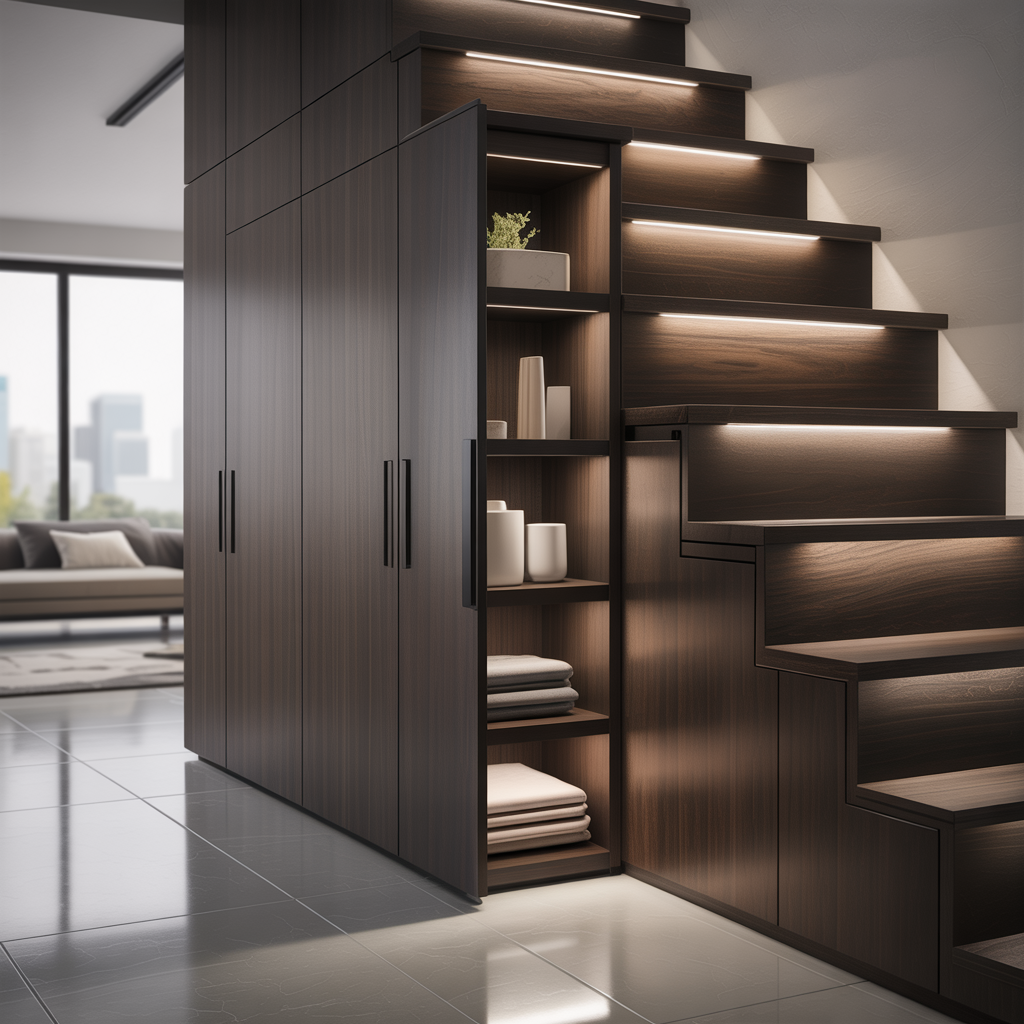
“These luxury home renovation upgrades blend style with practicality, creating beautiful and functional spaces.” — constructelements.com
13. Energy-Efficient Upgrades
Modern renovations increasingly prioritize energy performance as both an environmental responsibility and financial investment. Beyond basic insulation and high-efficiency HVAC, today’s best projects incorporate solar panels, geothermal systems, and smart energy monitoring that gives homeowners real-time usage data.
Triple-pane windows, thermal bridging solutions in building envelopes, and energy recovery ventilators work together to create homes that maintain comfort with minimal energy input. Many municipalities now offer tax incentives for energy-efficient upgrades, improving the return on investment for these features.

Pro Tip: Consider an energy audit before beginning renovation—this identifies the most cost-effective efficiency improvements for your specific home.
14. Mixed Texture and Material Palettes
The all-white interior has given way to rich material combinations that create visual interest and tactile appeal. Modern renovations layer textures through combinations of wood, stone, metal, fabric, and ceramic that interact with light in varied ways throughout the day. This approach creates depth without visual clutter.
The most sophisticated material palettes include both natural and engineered materials, each selected for specific performance characteristics in different areas of the home. The key is maintaining coherence through thoughtful transitions between materials and consistent color tones that unify diverse textures.

| Room | Primary Material | Supporting Textures | Accent Materials |
|---|---|---|---|
| Living Room | Hardwood floors | Wool rug, linen curtains | Brass, ceramic |
| Kitchen | Quartz counters | Wood cabinetry, tile backsplash | Matte black fixtures |
| Bathroom | Large format tile | Stone vanity, linen towels | Brushed nickel |
15. Personalized Design Expression
The most significant shift in modern renovation is the move away from trend-focused design toward deeply personalized spaces. Rather than replicating Pinterest-perfect showrooms, today’s homeowners seek spaces that authentically reflect their lives, values, and experiences. This means incorporating meaningful art collections, displaying well-loved objects, and creating spaces tailored to individual hobbies and interests.
The modern interior designer’s role has evolved from decorator to curator—helping clients edit their possessions into cohesive displays that tell their personal story. Spaces with genuine personality outlast fleeting trends and create the emotional connection that makes a house feel like a home.
“We specialize in custom interior and exterior design solutions, ensuring your home reflects your personality and lifestyle.” — bydesignandviz.com
As you plan your modern home renovation, remember that the most successful projects balance current trends with timeless principles of good design. The features listed here represent what’s working for American homeowners today, but your personal connection to the space matters most. By incorporating these must-have elements while staying true to your unique lifestyle, you’ll create a home that serves you beautifully for years to come.
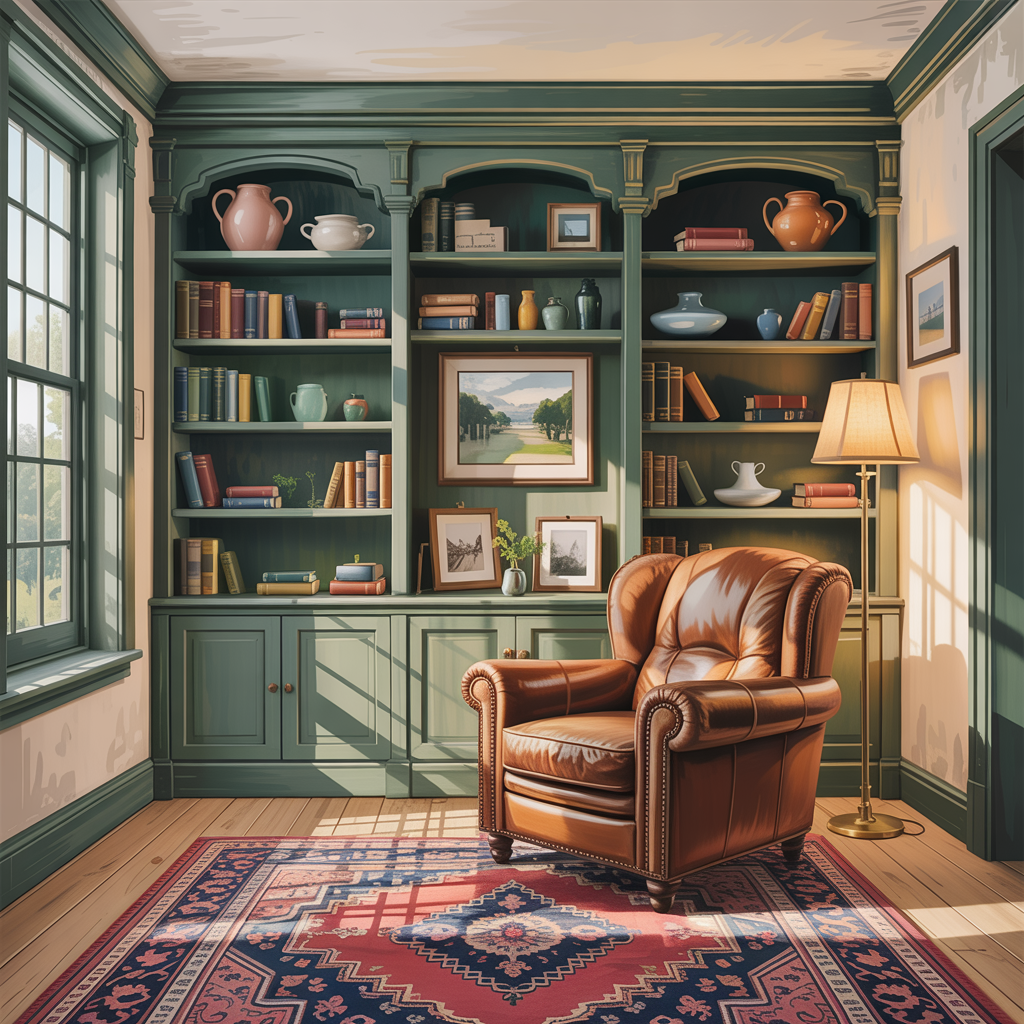
For more home-related tips, tricks, and resources, consider joining an email list like the one almahomes.com offers for staying updated on the latest home design trends. Following design professionals on social media can also provide ongoing inspiration for your renovation journey.
